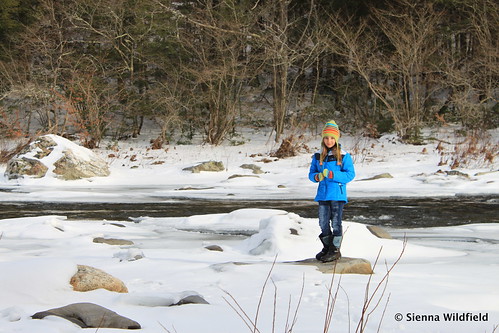Living Rivers: Stories About Rivers, Stories About Life.

The Ripple, the Hilltown Families column that builds community appreciation for our life-giving rivers, streams, brooks and wetlands is hereby re-inaugurated! After a two-year hiatus, let it flow from hidden sources back into view.
The Ripple.2 will feature the voices and views of many river-lovers, while remaining faithful to the purpose of helping us to orient our ways to flowing water instead of pavement.
Ripple.2 begins as did the first.
Close your eyes and look inward. Visualize the front door of your dwelling, and make your way to the road. Follow the road to the school, the shopping center, the pizza place, the library, CVS. Drive around in there, inside your head. Challenge yourself. Drive all the way to Boston or NYC. (I can visualize most of I-91 through the Merritt Parkway all the way into Manhattan. You too?)
Pavement grafted in our memory forms a foundation of our inner lives. We can see it when we close our eyes! It’s in us. This is to be expected, this internalization, for memory is essential to identity, but it’s not good. Pavement is classified as hazardous waste. Not healthy to hold inside.
In her challenging, excellent retelling of the King Philip’s War entitled Our Beloved Kin, Lisa Brooks notices the “centrality of riverways” for pre-industrial peoples, explaining how the Wampanoags oriented their ways to these large flowing lives. Before wagons and cars, trains and airplanes appeared, rivers were main transportation routes for our species, and attracted and circulated the biotic abundance of plants and creatures through all four seasons. Imagine a road that is also a food source. That’s a living river.
Close your eyes and paddle a river. Can you see one in your mind? How far can you paddle? Can you get anywhere on it? Does it seem like another world, distant from pavement?
The Industrial Revolution began in 1776 with the patenting of the steam engine. Centuries have passed and our rivers bear traumas of dams and pollution. Step back from roads and rivers, and look at the human presence on this planet—witness our evolutionary crisis. Industrialism’s made our climate unstable. We’ve begun the task of ending fossil fuel industrialism, yet are machined still by industrial thought, memory, and behavior.
I can drive all the way from Hamp to NYC in my head; industrialism steeps my psyche, soul and spirit. Yuck! The more I distance myself from the pavement and orient myself to the river, the more I evolve into a biocitizen: a citizen primarily of bios (life) and secondarily of nations.
The writers of The Ripple will share their love of rivers that derives from their familial relationship with them. Our home is a biome, a great big life we share the life of. The body of every biome is a watershed, and the water-coeurs, its heart, is its river.
The shift in the way we orient ourselves in the world—from roads to rivers—enlarges our identities and lets us love beyond our species’ boundaries to extended families in the biomes that sustains us.
The Ripple invites you to join us once a month for a unique view of the irrepressible, implacable, steady-beating hearts—yes there are many—of the great big life we live in.
 ABOUT THE AUTHOR
ABOUT THE AUTHOR
Kurt Heidinger, Ph.D. is the Executive Director of Biocitizen, non-profit school of field environmental philosophy, based in the Western MA Hilltown of Westhampton, MA where he lives with his family. Biocitizen gives participants an opportunity to “think outside” and cultivate a joyous and empowering biocultural awareness of where we live and who we are. Check out Kurt’s monthly column, The Ripple, here on Hilltown Families on the 3rd week of every month to hear stories about rivers from river lovers from around the world. Make the world of rivers bigger than the world of pavement inside of you!
 Hilltown Families
Hilltown Families 





























